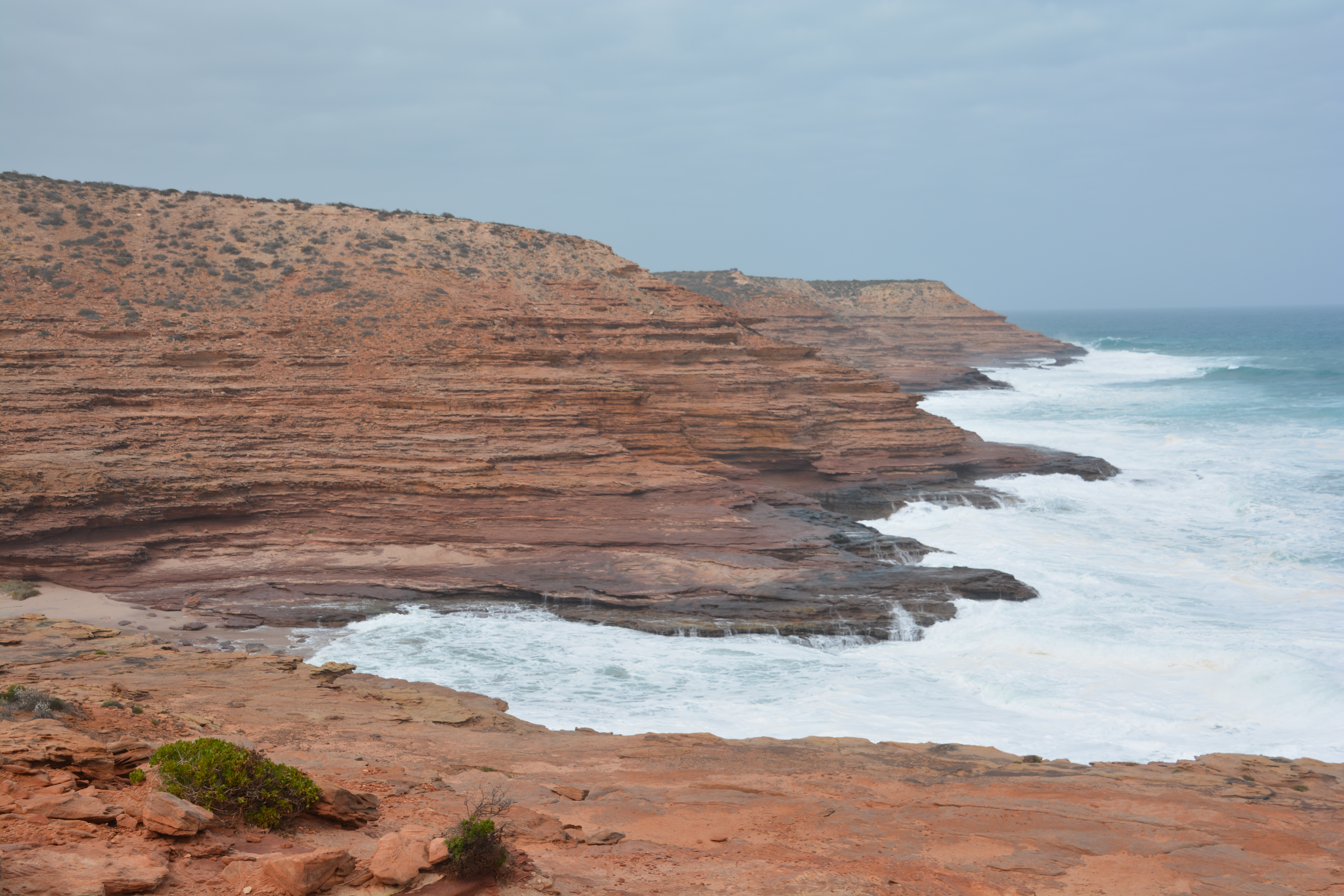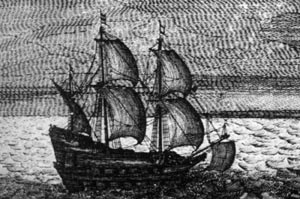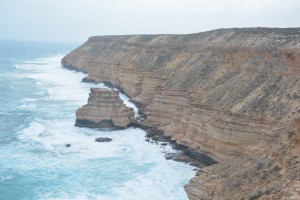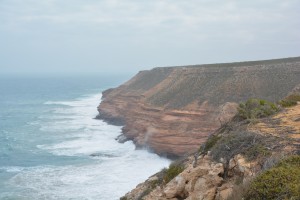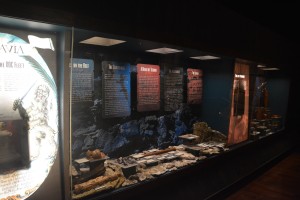Batavia
In 1629 the pride of the Dutch East Indies Company fleet, the mighty Batavia, a ship of unprecedented size and scope with the most experienced captain and over 350 people on board, hit the reefs of what is now known as the Abrolhos Islands off the coast of Western Australia. The ship eventually sank, lives were lost but most people made it to the small nearby islands under the most atrocious of conditions. The story of their survival and eventual rescue is better than fiction but what truly makes the story standout is the savagery and unimaginable brutality between the survivors before their rescue.
And here we were, exploring what is now called the Batavia Coast and learning of this and many other shipwreck stories. What made the amazing story of the Batavia, and the unbelievable degeneration of humanity amongst the survivors, more meaningful for us was that on many of the long tedious drives on this trip we have been listening to the talking book called Batavia, written by the well know Aussie rugby player, journalist and author Peter Fitzsimmons. We had only just recently finished the book, and were still dizzy with the unimaginable story of the ship and survivors, when suddenly we are on the mainland shore just opposite where the ship went down.
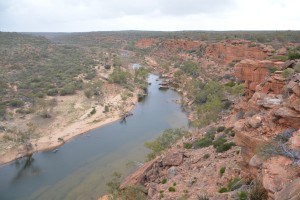
The impressive gorge with its deep red cliffs carved by th Murchison River in Kalbarri National Park
First stop was the quiet but pretty seaside tourist town of Kalbarri on the sandy banks of the Murchison River where it flows into the Indian Ocean. Surrounding the town and lining the nearby coastline is Kalbarri National Park, the main feature of which is the Murchison River and the deep gorge it has carved through the red sandstone of this region. The Murchison has a large catchment area and frequently flows year round, turning some of the nearby land into good grazing and growing land, the first we had seen in almost two months.
Kalbarri also features a dramatic coastline with high cliffs and a violent crashing surf which made for spectacular viewing. This coast with it’s high cliffs, violent seas and hidden reefs offshore is littered with sunken ships, mainly from the 18th and 19th century as sailors tried to take advantage of strong northerly trade winds and ended up miscalculating their longitude with disastrous results. Stories of survivors living amongst the Aborigines abound as part myth, part history. Who really knows?
The high imposing cliff line of this coast is called the Zuytdorp Cliffs, named after the 17th century Dutch ship who foundered on them. Other points and landmarks also carry Dutch or English names in honour of ships that have been lost here. Australia even lost a ship – the HMS Sydney – in waters nearby from a German attack in WW2.
We followed the coast south to the town of Geraldton which has about 23,000 people, making it the largest town we’ve in since Darwin 45 days ago. Geraldton acts as a regional hub for the mining and grazing industry nearby and seemed a friendly enough place but its main attraction from our perspective was the outstanding museum which featured, amongst many high quality presentations, a large room detailing the history of the ship wrecks on the coast, complete with recovered artefacts and detailed descriptions of life at sea.
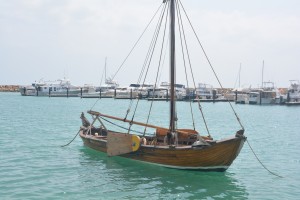
A replica of the longboat that was on the Batavia and was sailed with 45 people to modern day Jakarta
But our main attention was on the story of the Batavia, which we have come to know fairly well, and revelled in the details provided in this first class museum, studying the coins and other relics that have been dredged up from the reefs which the Batavia foundered on and the fascinating story of how the wreck was eventually found – only in the 1970’s. To tie this story, and those of the other shipwrecks, into this region and the history of exploration and commerce hundreds of years ago was really a fascinating exercise.
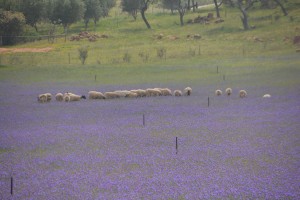
Sheep grazing in a field of purple flowers south of Geraldton - it is spring and the flowers are out
From Geraldton we headed south again towards Perth, not to visit the city but to have the Land Cruiser receive its 20,000 kilometre health check. The mighty beast passed all the checks and tests with flying colours, a true testament to its strength and durability, and we were ready to move on. But our triple experience of hearing the book on the Batavia, visiting the Batavia coastline and living it all again in the excellent museum in Geraldton was an outstanding combination. We commend that story to everyone.
